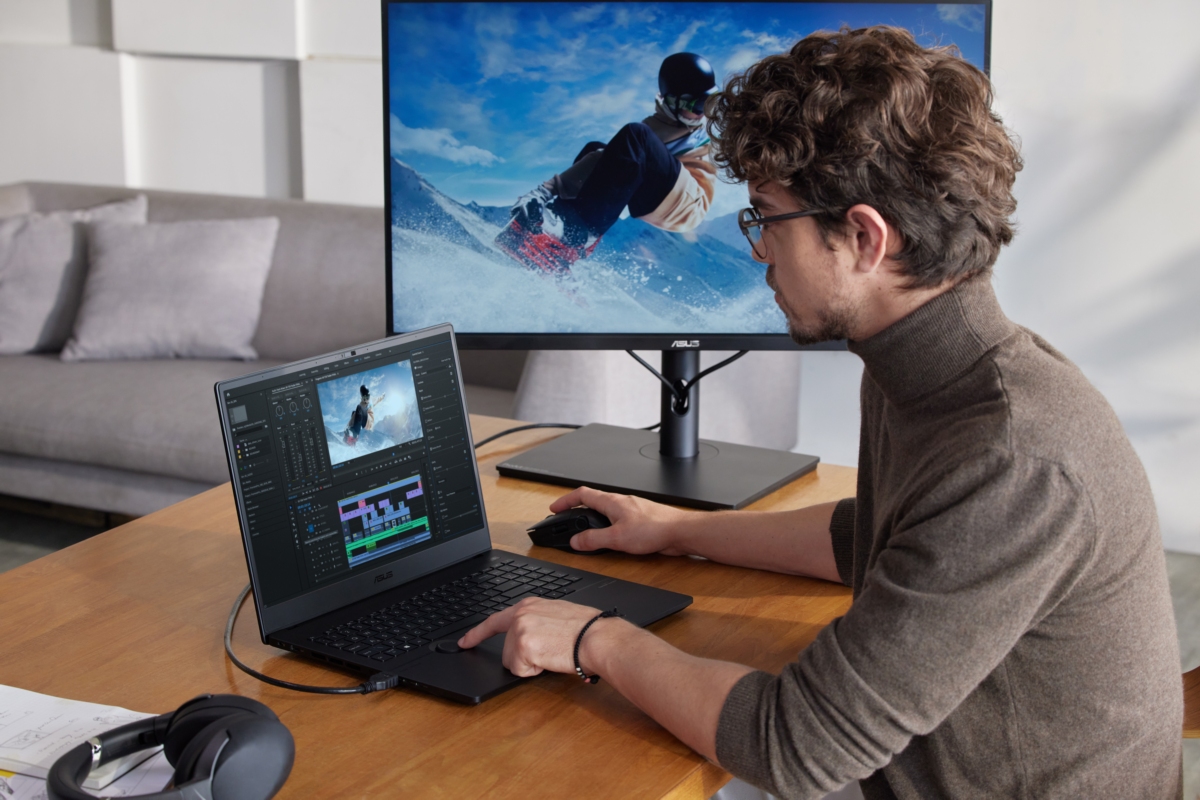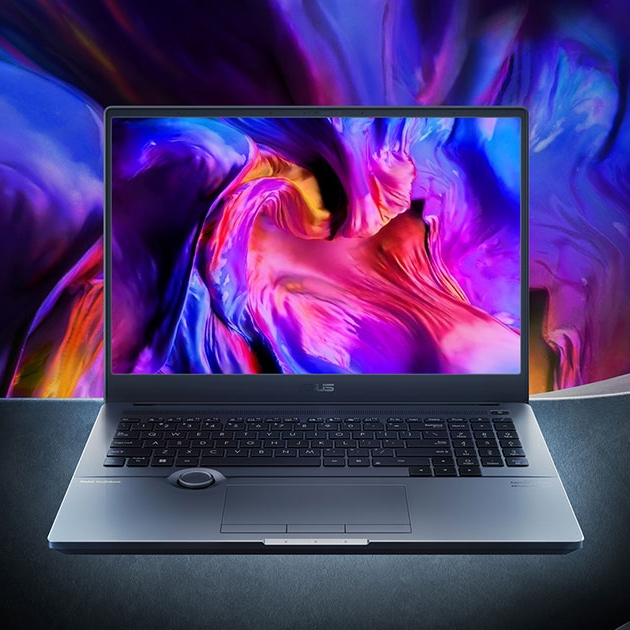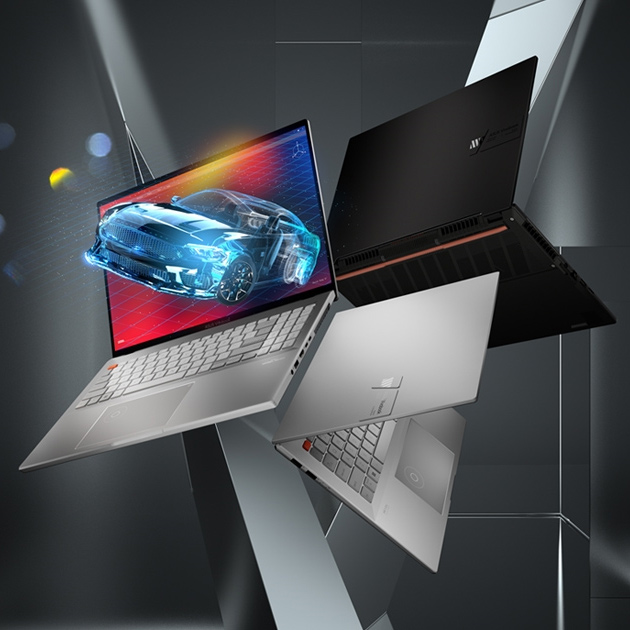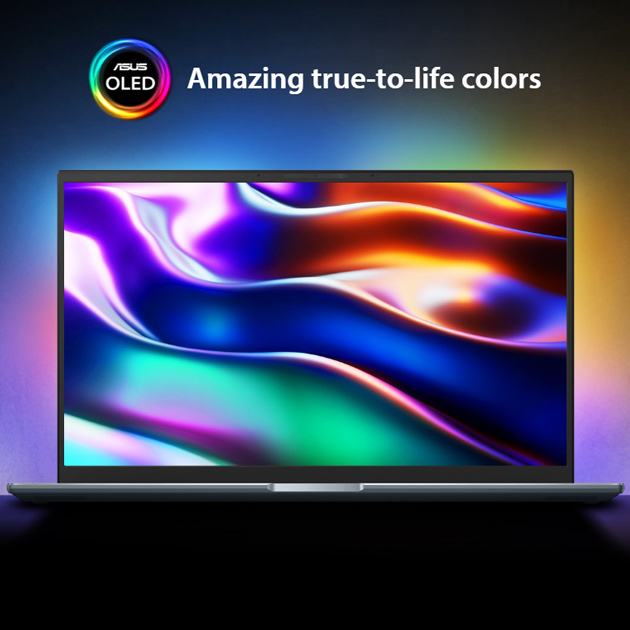
Oct. 30 2022
Until recently, high refresh rates such as 120 Hz have been
reserved for devices like TVs, monitors, and high-end
smartphones and tablets. But not anymore: ASUS has released a
whole lineup of 120 Hz OLED laptops, designed with content
creators in mind.
You might be wondering if now is the time to switch to 120 Hz
for your laptop display. The answer depends on what you use your
laptop for.
Is a high refresh rate a great choice for a laptop? Is such a
machine suitable for you? Or perhaps you don't need one yet?
Read on to find out.
-
What's a Display Refresh Rate? What Does 120 Hz Mean?
-
Who Are Higher Refresh Rate Displays Good For and Why?
-
See the Content as Your Audience Intends to View It
-
Smooth On-Screen Motion
-
Healthier Eyes
-
Fluid Drawing and Writing
-
120 Hz + OLED = Win
-
Do I Really Need a High Refresh Rate Laptop?
-
The Verdict Is In!
What's a Display Refresh Rate? What Does 120 Hz Mean?
Before you decide if you need a laptop with a 120 Hz display,
you need to first understand what exactly that number means.
Refresh rate relates to the number of images your screen can
show you per second. Measured in Hertz (Hz), this is a good
measure of how smooth the moving pictures you display will look.
For example, 30 Hz means that your screen is capable of
displaying 30 images each second, so a 120 Hz screen will show
you 120 images per second.
Hz vs FPS
Refresh rates are often confused with framerates, measured in
frames per second (FPS). And it’s easy to understand why!
What you need to know is that refresh rate is used to describe
the capability of the screen (which is fixed), while FPS is a
measure of the "speed" of the video or a game you’re displaying
(which can vary). These two measures do not always go hand in
hand.
For instance, if you’re displaying a 24 FPS video (which is the
usual cinematic frame rate) on a 120 Hz display, you’ll still
see 24 frames each second. Your screen refreshes at the speed of
120 images per second, however. That means some frames of the
video will be displayed more than once.
Another way to think about it is, the number of Hertz is the
maximum FPS rate your display is capable of fully covering.
Displaying the content of a higher FPS count than your display
can handle will result in certain images not being shown,
decreasing the smoothness of the image, sometimes even leading
to latency.
Who Are Higher Refresh Rate Displays Good For and Why?
High refresh rates can benefit content creators in any
discipline.
We especially recommend such laptop screens for people who work
with moving images, or any kind of content that isn't static.
The types of content creators that 120Hz displays are great for
include:
- Videographers & video editors
- Animation designers & 3D animators
- Game designers & developers
- Movie makers
In addition, 120 Hz displays also offer various benefits for
those who work with still images:
- Photographers & Photo editors
- Graphic designers
So what advantages do the 120 Hz displays have for content
creators?
See the Content as Your Audience Intends to View It
The demand for high FPS counts is rising, especially among
gamers. Game developers and designers who use a laptop at work
need a high refresh rate screen as well.
When working on your content (whether it’s a cut-scene animation
or the gameplay itself), you will want to view your work as the
audience intends to see it.
Even casual gamers often frown upon games that run at anything
below 60 FPS. A gaming monitor benchmark stands at 120 or 144
Hz. The highest-end ones are capable of displaying up to 360
frames per second! And all at high resolution!
Seeing your work on a display with less than a 120 Hz refresh
rate might not allow you to accurately gauge just how smooth the
gaming experience of your audience will be.
Smooth On-Screen Motion
Professional video content is more and more often shot at
120FPS. Editing or viewing these works is smooth with a 120 Hz
refresh rate.
Fast refresh rates will help decrease motion blur, allowing you
to carefully analyze all the images your camera recorded. This
means that not only you will be able to see how well the content
was recorded ─ it's also more pleasant to do so!
The same is true for other tasks: any on-screen motion gains
smoothness. Scrolling through internet pages, PDF documents, or
image file folders, entertaining yourself by watching online
videos or animations, or playing games in your free time all
will benefit hugely from the smooth playback.
Healthier Eyes
Have you ever gotten a headache because the fluorescent light
above your head in the office got old and kept flickering? A
similar thing can happen when using a display with a lower
refresh rate.
Often related to as “flicker”, images flashing into your eyes at
a lower rate can cause you to feel eye fatigue, especially
during long working hours.
Screen flicker and jerky motion, along with blue light and
glare, are often quoted as the main causes of digital eye
strain. Combined with the advantages of OLED technology (lower
blue light emissions), the 120 Hz displays in ASUS creator
laptops can help you battle eye fatigue effectively.
Repeated exposure to digital eye strain often leads to eyesight
damage, especially among younger people. Therefore, protecting
your eyes with by choosing a high refresh-rate laptop is of
utmost importance.
Fluid Drawing and Writing
Some creators, especially graphic designers and illustrators,
often use a stylus when working on their content.
Having a touch screen with a higher refresh rate and faster
response time on your laptop can help make writing and drawing
with a stylus much more pleasant by decreasing the latency, and
making the experience more paper-like.
Of course, other parameters like wireless connection speed (if
applicable) or software response time (which can be related to
your computer's processing power) also contribute. But how
quickly your screen can show what you're drawing plays an
important role, too.
120 Hz + OLED = Win
Many of the models in the ASUS creator laptop lineup come with a
120 Hz OLED display. Combining the advantages of OLED technology
with a high refresh rate helps to create the ultimate content
creation tool.
OLED screens carry multiple benefits for content creators. Vivid
colors, a wide color gamut, deep blacks, PANTONE Validate color
accuracy, and an extremely fast response time of 0.2 ms are all
reasons why ASUS employs this technology in its laptops for
creative professionals.
Combining the 120 Hz refresh rate with OLED's 0.2 ms response
time offers a viewing experience and smoothness that equates to
that of an LCD screen with a 165 Hz refresh rate. On top of the
color benefits, this makes ASUS screens a much better choice
than an LCD with a higher refresh rate.
Curious to learn more about OLED? Here is
everything you need to know about OLED laptop displays
Do I Really Need a High Refresh Rate Laptop?
Having a high refresh rate display can benefit anyone's viewing
experience, but admittedly, such screens come with a higher
price. Those whose laptop’s primary function is data entry,
document editing, or entertainment (watching movies, online
videos) might not benefit from a 120 Hz refresh rate enough to
justify the cost.
In addition, a higher refresh rate eats into a laptop's battery
life, so if you do a lot of light work away from the desk, you
may want to opt for an option with a lower refresh rate.
However, the refresh rates on most laptop displays with 120 Hz
can be adjusted. You can still benefit from the health-related
advantages of higher refresh rates and the more pleasant
experience while stationary, and simply switch to a lower
refresh rate when working on the go.
To change your display's refresh rate, right-click on your
desktop screen, select ‘Display’, then ‘Advanced display
settings’, and under ‘Refresh rate’, select a lower value.
The Verdict Is In!
We started this article by asking "Should you choose a creator
laptop with a 120Hz screen?" If you're a content creator and
care about smoothness and fluidity of motion while displaying
your work, the answer is "Yes!”
For those on a budget who don't work much with moving content
and use the computer to display more static images, the answer
is "It's good to have, but not a necessity".
ASUS offers professional laptops at various price points, across
its Vivobook Pro, Zenbook Pro, and ProArt Studiobook product
lines. Check the related products below, or explore the whole
creator laptop lineup!
Discover ASUS Creator laptops











